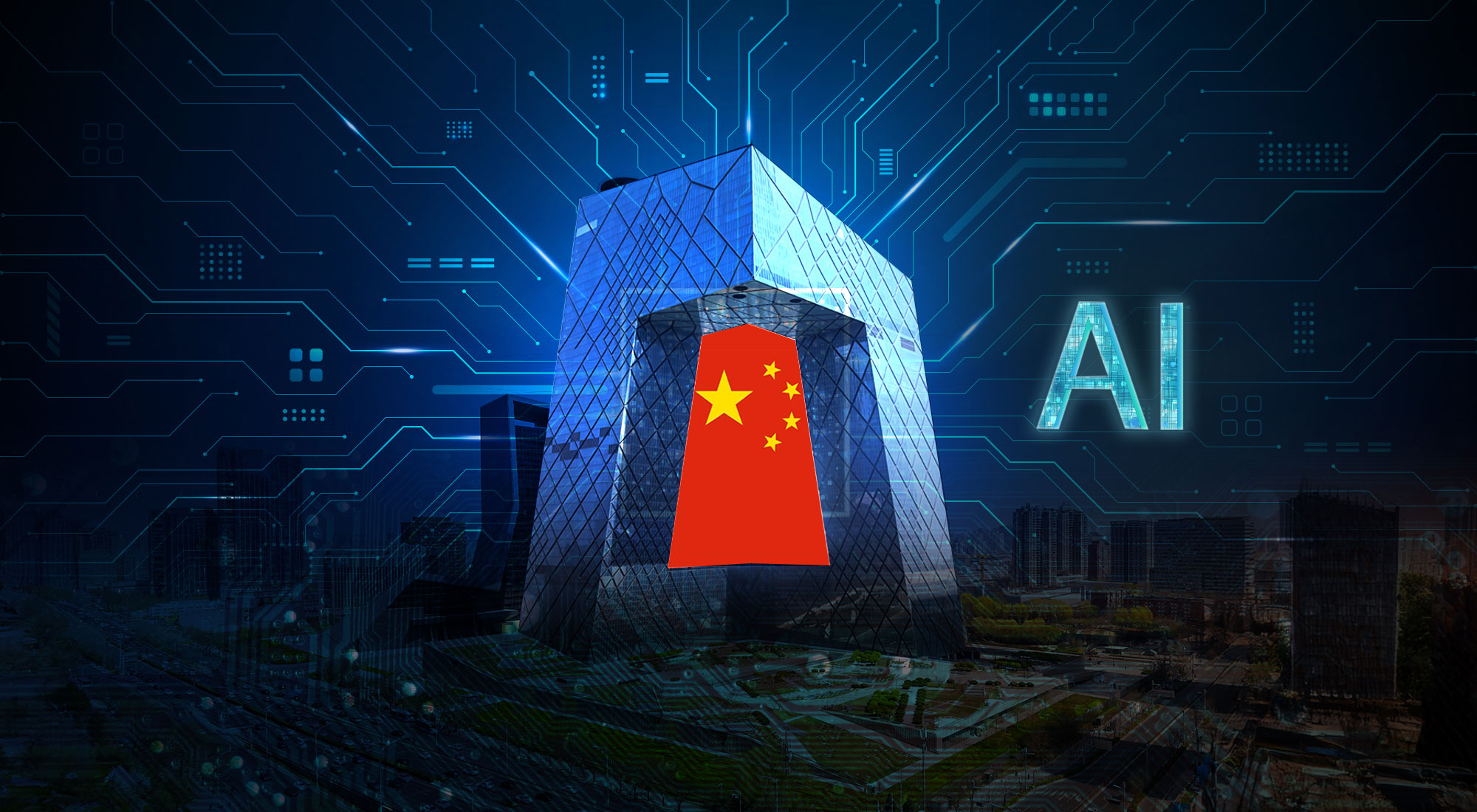lipflip – China has introduced a new law requiring all AI-generated content to carry visible labels and digital watermarks. The regulation took effect this week, signaling Beijing’s strong commitment to controlling online misinformation. Platforms like WeChat, Douyin, Weibo, and Xiaohongshu quickly activated compliance tools to meet the new requirements. This law aligns with the Cyberspace Administration of China’s (CAC) 2025 “Qinglang” campaign, which aims to reduce misinformation and tighten oversight of artificial intelligence content.
Read More : Sony Prepares Updated PS5 Digital Edition with Less Storage
The legislation mandates that all AI-produced text, images, audio, and video must clearly state that the material is AI-generated. In addition to visible labels, content must include implicit identifiers such as metadata or digital watermarks. The law was jointly developed by the CAC alongside industry partners and regulators in public security and broadcasting. After being issued in March, it officially came into force this month.
WeChat, with about 1.4 billion monthly users, requires creators to declare AI-generated content and prohibits tampering with the labels. Douyin, China’s counterpart to TikTok with over 766 million monthly users, enforces visible labels on every AI post and verifies origins through metadata. Weibo introduced a reporting feature for “unlabeled AI content,” while Xiaohongshu automatically adds labels if users fail to do so. These platforms also remind users to carefully evaluate unflagged content and report suspicious posts, reserving the right to remove mislabeled materials.
This new law places heavy scrutiny on the misuse of AI for spreading false information or manipulating public opinion. It particularly targets paid commentators online who push deceptive narratives. Beyond misinformation, the law addresses concerns about copyright violations and online fraud, focusing on deceptive marketing tactics on short-video apps and strengthening protections for minors. These measures encourage transparency and accountability in AI content creation, although some users may attempt to evade labeling.
Global Context and Future Outlook for AI Content Regulation
China is among the first major countries to enact legislation requiring explicit AI content labeling. This step sets a precedent as other regions around the world consider similar measures to regulate AI-generated media. International organizations like the Internet Engineering Task Force (IETF) have proposed standards such as an AI metadata header to promote transparency. Additionally, technologies like C2PA credentials have begun shipping on consumer devices, including the Google Pixel 10, to authenticate content origins.
Despite these efforts, users can sometimes bypass safeguards, highlighting challenges in fully enforcing such laws. Nonetheless, China’s move reflects growing global concerns about AI’s influence on digital information ecosystems. By mandating clear labels and watermarks, authorities aim to build trust and reduce risks posed by AI-generated misinformation.
Read More : OpenAI Unveils New Safety Measures After Teen Lawsuit
Looking ahead, the enforcement of this law may evolve with technological advances and regulatory feedback. Platforms will likely enhance detection tools, while policymakers might expand regulations to cover emerging AI applications. For users, the new rules promote greater awareness and critical assessment of online content. Overall, China’s legislation marks a significant step toward responsible AI use and online information integrity worldwide.
